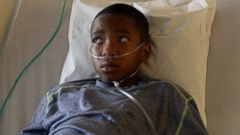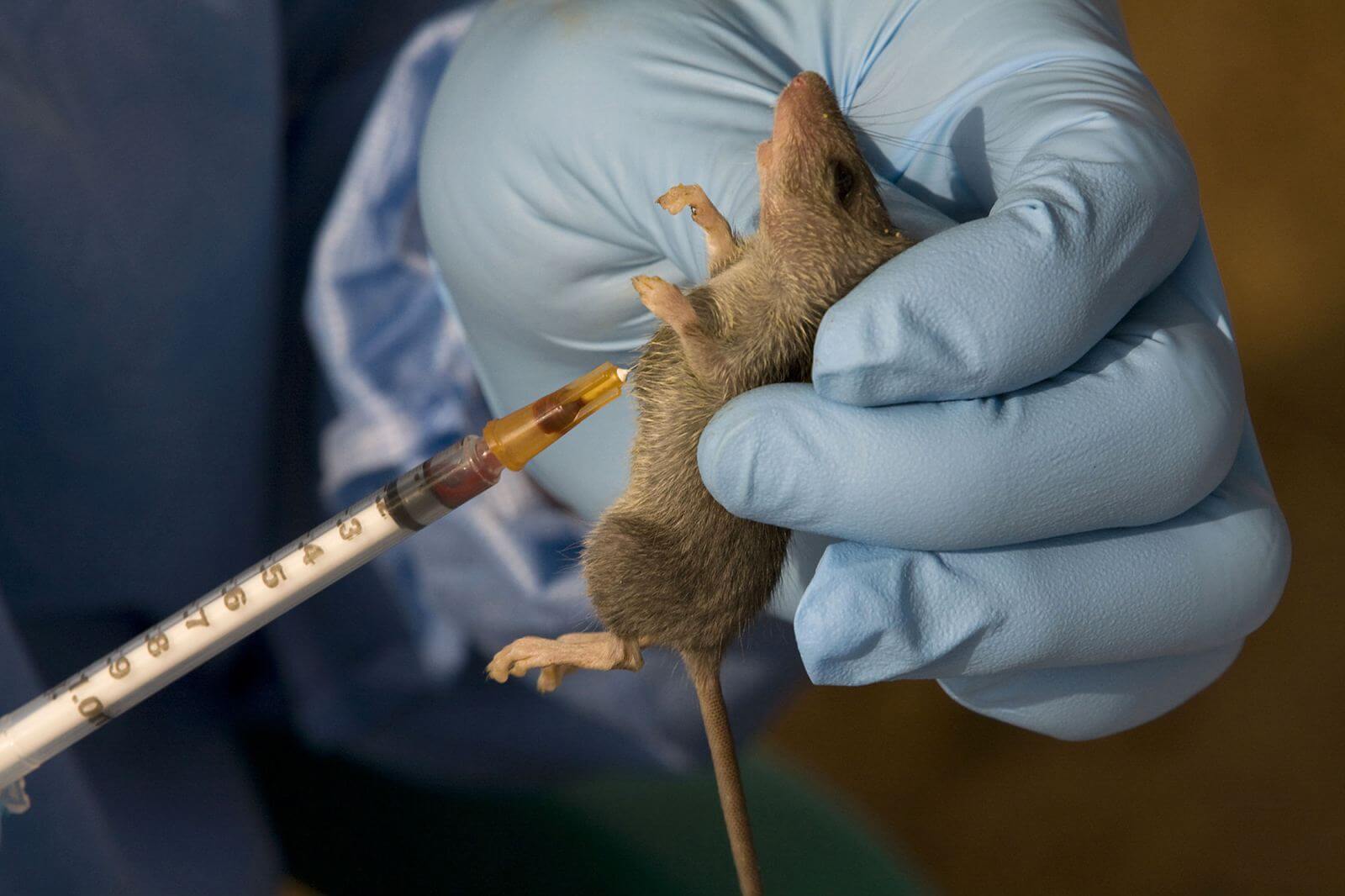Following the outbreak of the Enterovirus 68 and the hospitalization of scores of kids and teens across 45 states in the US, the Centers for Disease Control and Prevention (CDC) says it will be investigating the relationship between the virus and temporary paralysis which is becoming a common feature of the disease in hospitalized children.
The most common symptoms of the enterovirus 68 virus are symptoms that are characteristic of the common cold, such as wheezing, cold, and severe respiratory infections. But much more than these, the rare respiratory disease which has targeted young kids and teens is showing itself as a disease that can also cause temporary paralysis as seen in nine hospitalized kids in Colorado.
[ad name=”LinkAds”]
In a bid to better investigate the link between the enterovirus 68 and temporary loss of the use of limbs in affected children, the CDC has come up with some facts that must be known about this rare children disease; and to this end, the following facts seem established about the enterovirus 68 children’s disease.
- It causes severe respiratory infections like wheezing among other common cold symptoms. And according to Dr. Richard Besser, the chief health and medical editor for ABC News, “it’s the wheezing you have to watcha out for.”
- Several affected kids tend to suffer temporary paralysis when infected with the enterovirus 68. The chief medical officer for the Department of Public Health and Environment in Colorado, Dr. Larry Wolk, “it is a spectrum of arm or leg weakness that can be as mild or as severe as paralysis. What ties them all together though are findings of spots or lesions in the grey matter of the spinal cord on MRI scans.”
- It is still relatively unknown what causes the enterovirus 68, but it is known to spread through contact with the feces, saliva, and mucous secretions of infected persons. The US health services therefore recommends frequent washing of the hands and disinfections with antiseptic liquids.
- There is no known or specific treatments for the enterovirus 68 yet, and no definite anti-viral medications or vaccines to prevent the infection; but medical authorities have rather been tasked with treating the symptoms of the enterovirus 68 infection. Dr. Besser believes that “the important thing is to recognize the signs of respiratory distress.”
- Asthmatic people and young kids are more prone to getting infected with the enterovirus 68 infection, and this indicates that not all persons can come down with the respiratory disease. Some people are more vulnerable than others, and chief among these are young children and asthmatic patients.
Although this isn’t the first time the enterovirus 68 is being reported within the US (it’d been reported in Georgia and Pennsylvania in 2009, and Arizona in 2010), this is the first time it is causing wide panic across 45 states within the US; and medical authorities are also investigating why it made a comeback. According to Dr. Besser, “this is a very common time (summer) for outbreaks. Kids come back to school, they like to share things, they bring them home to their little brothers and sisters. But this one, this particular enterovirus is very rare, and they have no idea why it showed up this year.”




